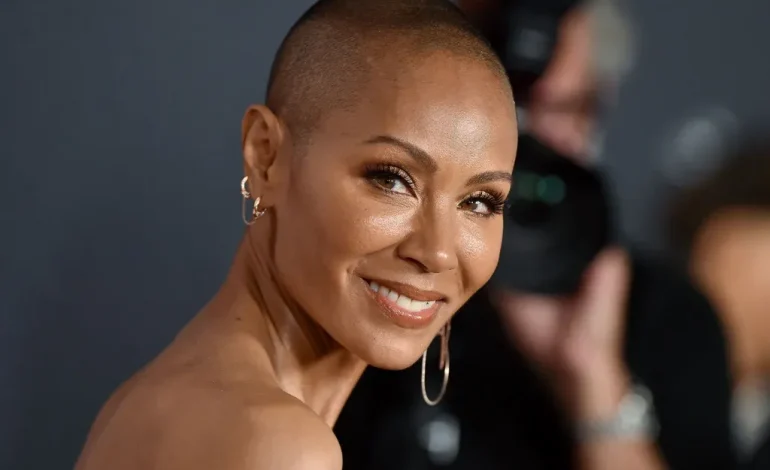Alopecia: What you need to know about hair loss condition

Following the altercation the world witnessed at the 2022 Oscars between Will Smith and host of the show, Chris Rock, conversations about alopecia have come to the forefront. This is after Chris Rock made a joke directed at actress Jada Pinkett Smith, likening her to the star of the G.I Jane movie which features a bald actress. This he did without the understanding that Jada has been struggling with alopecia, a condition that is characterised by hair loss thus prompting Jada to shave her head clean as a management option.
This brings about the need to create awareness about the condition that according to research one in five women suffer from in silence. It also made it necessary to bring to light some of the facts associated with the condition like the causes, treatment and management in case the treatment does not yield results instantly.
Here’s everything you need to know about alopecia:
Jada Pinkett Smith who is also struggling with alopecia
Who is susceptible
Alopecia can affect anyone of any age, gender and race. However, there are people who are more susceptible to the condition than others. For instance those who have a history with autoimmune diseases like psoriasis, and who have a close blood relative with the same condition are more likely to suffer from alopecia.
Causes
This condition which affects both men and women is caused by genes that are passed down that cause hair follicles to shrink and eventually stop growing hair. The shrinkage can begin even during teenagehood. This is referred to as androgenic alopecia.
The hair loss can also be as a result of one’s immune system attacking itself thus leading to a different kind called alopecia araeta. Alopecia areata is a disease that develops when the body’s immune system attacks hair follicles, causing hair loss. This cause of hair loss may rid the scalp, the nose, and ears of its hairs too.
Often, with people suffering from alopecia, hair tends to fall out in small patches but it may eventually end up as total hair loss. When the hair does grow back, it might still fall out again.
Women who wear their hair in a tight ponytail, bun or braids can also suffer from a type of alopecia known as traction alopecia. This tends to affect only the hair that’s being pulled unlike in other types of alopecia. And while traction alopecia can be reversible, if one does not act soon enough, they could end up with permanent hair loss as the hair follicles may eventually end up damaged and scarred that they cannot produce new hair.
Treatment
Alopecia has no known cure but there are certain treatments such as topical medication that can help prvent more hair loss. It is also not possible to get rid of alopecia completely but there are things one can do to manage the condition and restore hair.
Photo by Ratul Ghosh / Unsplash
When it comes to management, this is what you do when you are still figuring out how to deal with the issue at hand. This may include shaving you head clean so the bald spots do not stand out. It may also include dropping some of the ways in which may be damaging and pulling on your scalp. In certain instances it may require you to change your diet to in the effort to balance out your hormones. If the hair loss hurts your self confidence it will call for you to invest in good wig.
ALSO READ: How to choose the right hair salon for kids
When all is said and done, do not let alopecia be a limiting factor to your life’s primary purpose which is for your to be the most authentic version of yourself. Do not let it pin you down.
Feature photo- Jada Pinkett Smith courtesy of Billboard.




